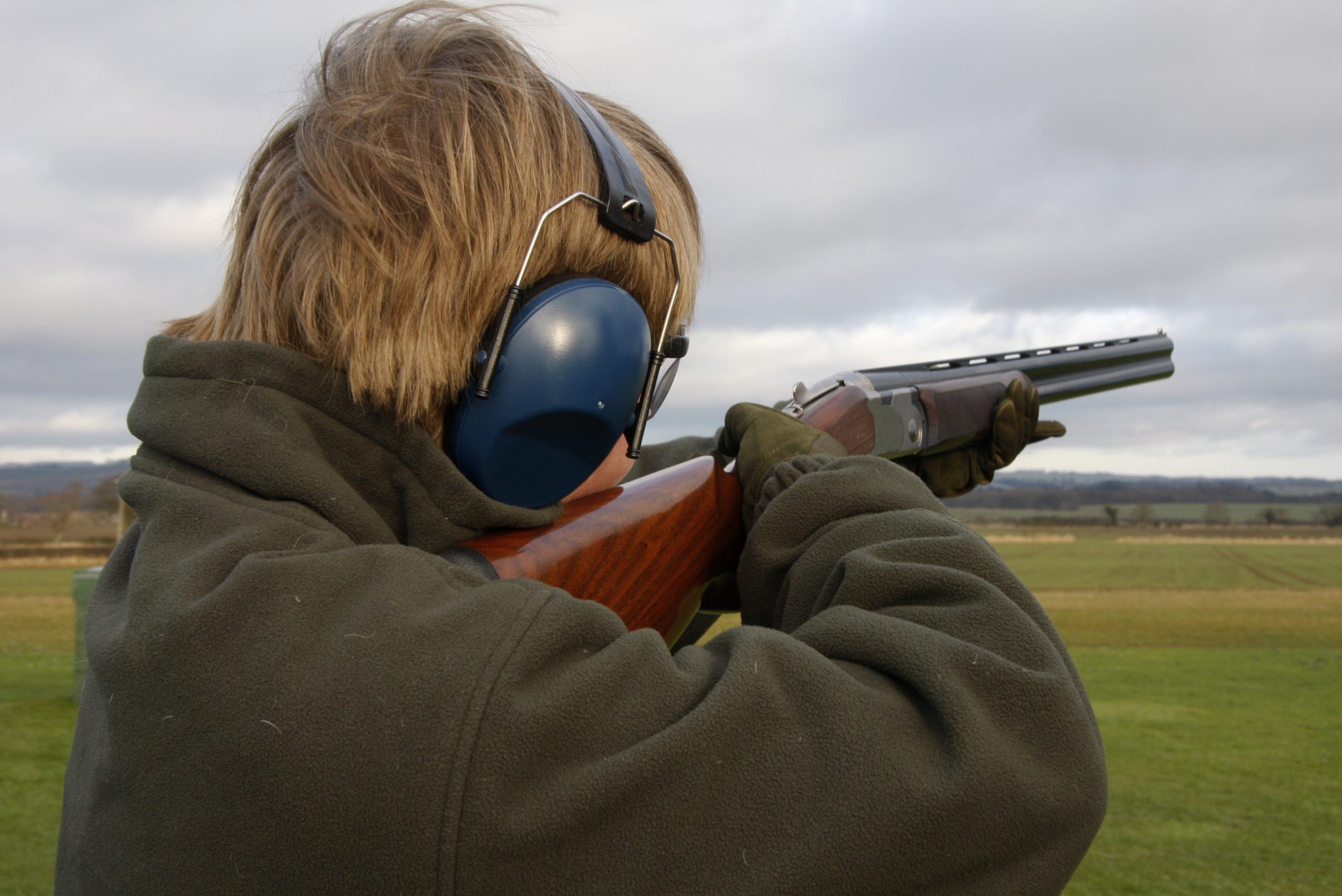Shooting technique with Richard Faulds: duck
With the season underway, Richard Faulds shares his top tips on how to make the most of both wild and driven duck
I really enjoy shooting wild duck. It’s challenging, exciting and you really need to have your wits about you. An evening flight can be a lot of fun, but don’t expect it to be non-stop action – patience is, as they say, a virtue…
Quarry ID
You can’t afford to be overly optimistic or ambitious when it comes to waterfowl. Remember to keep yourself concealed until the last possible moment. Make sure the bird is within range and ensure that you are confident of killing it cleanly before you make your move. A teal at 20 yards can look similar to a mallard at 40 yards so you have to be absolutely spot on with your quarry identification.
With the evenings drawing in the light can fade quickly – so much so that you may well hear your quarry approach before you can see them. As darkness threatens there will also come a point where a bird must be in range if you can see it, but again, the key is to know your species and get those silhouettes firmly embedded in your mind to make sure you’re shooting at what you should be.
Safety first
As ever, safety is very important. You have to be completely aware of where everyone in your party is. As the evening goes on it can become difficult to differentiate what is above and below the horizon, so don’t get drawn in to shooting too low. Your best bet is to have all the Guns sitting on one side of the pond so everyone is shooting in the same direction.
First and second shots
Trying to shoot undisturbed duck as they drop onto a pond can be very testing as the birds tend to twist, jink and turn quickly and at times in seemingly random ways. They are always easier to shoot once someone has taken the first shot as they flare and make a quick exit under full power, usually in a straight line. If you are the first to pull the trigger, be prepared to miss with your first barrel; you are more likely to be successful with your second when they are on the way out. Arguably it is better to wait until someone else has taken the first shot, but there have been occasions when everyone is so reluctant to be the first that nobody ends up shooting!
Teal in particular are very difficult. When they are coming in undisturbed they are about as easy to get a line on as a bat on speed; they make so many twists and turns that you need lady luck on your side. They don’t call it springing teal for nothing!
Low light? Less lead
When the light is nearly gone, remember to shoot at duck without putting any lead on them at all. It’s unlikely that they will be far away at this point, so don’t over-think; just shoot on instinct.
Stance
It’s important to have a relaxed stance if you are out on the foreshore or around a pond, as there’s a good chance you’ll be stood in plenty of mud. Make sure you have a good, solid footing but be prepared to move your body without shifting your feet, because if it’s particularly sticky you might not be able to do so safely. If you do choose to sit then make sure you can stand up to shoot, and as the light goes you need to stay in the ready position as things can happen very quickly with little or no warning.
Driven duck
Driven duck is an altogether different proposition. If you do have the opportunity to shoot them in this way you must avoid getting drawn into taking excessively long shots, or chances are you will end up pricking too many birds. Driven duck will often go round and round the pond area giving you plenty of opportunities and therefore plenty of time to pick out good sporting shots. Remember, it’s about quality, not quantity, and a duck drive can quickly become a numbers game if the red mist descends. You might be taking shots around 360 degrees so be aware of your surroundings and footing when moving; shift your feet rather than try to bend and twist round. Set yourself up properly for each individual bird every time you take a shot.
Kill power
When it comes to cartridges I never use anything smaller than number 5 on duck and my preferred load is 32g 4s (obviously in steel or non-toxic) because they give you a few extra yards of effective stopping power. Remember that duck have notoriously thick feathers which, combined with large amounts of body fat, make them hard to kill. Consequently, when it comes to chokes I would recommend �/� or even full and full for driven duck, and probably � and � for evening flighting.
A morning or evening flight spent out on the foreshore is a truly pure experience, and flight pond shooting can be very nearly as rewarding. Driven days are, by their nature, more commercial, but no matter how you choose to shoot your duck, remember to afford them the respect they deserve by doing your utmost to kill them quickly and cleanly. Don’t forget that a duck shot on a warm October day can spoil very, very quickly, so have a way to keep them cool, lest you commit the ultimate hunting crime and let your harvest go to waste.





